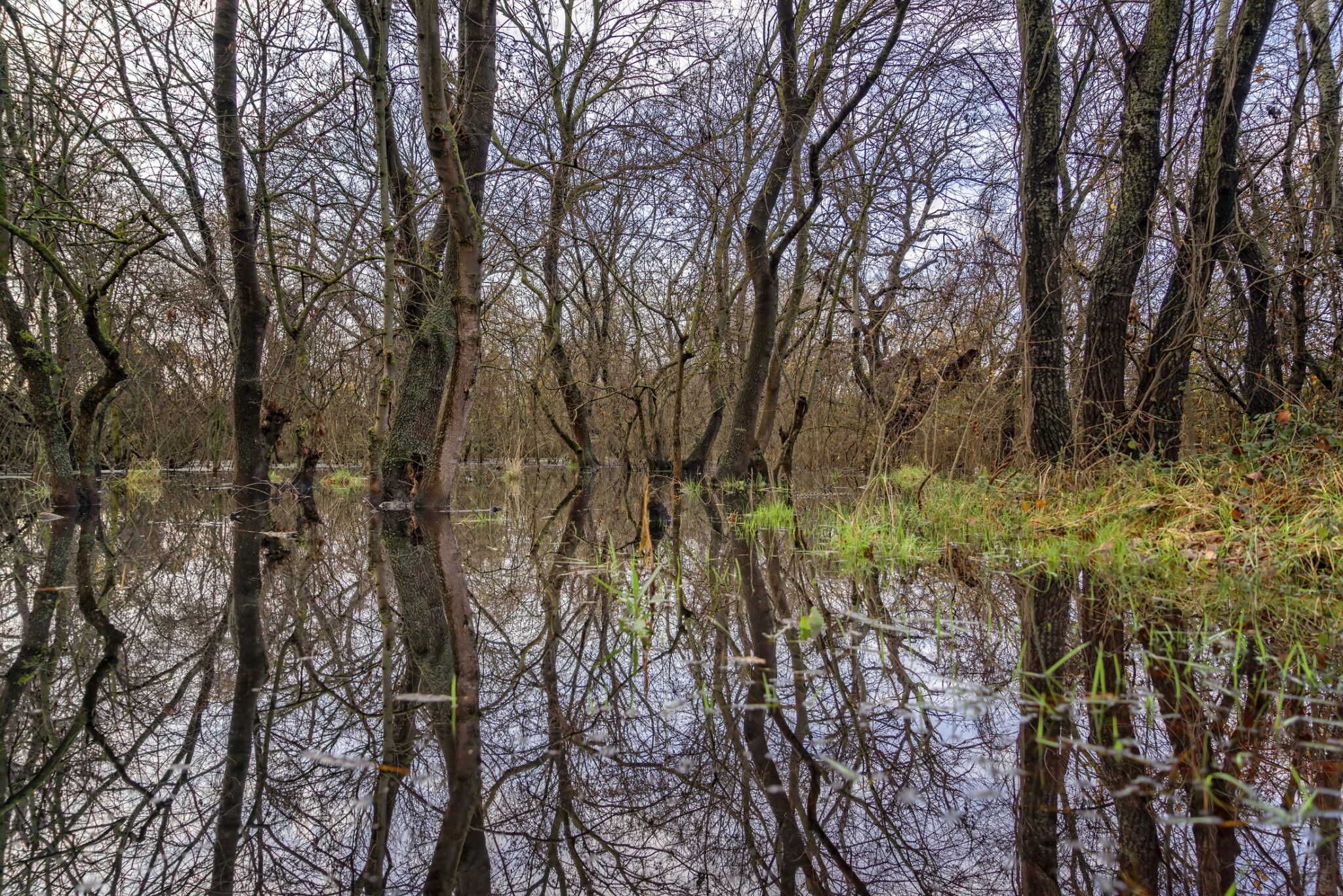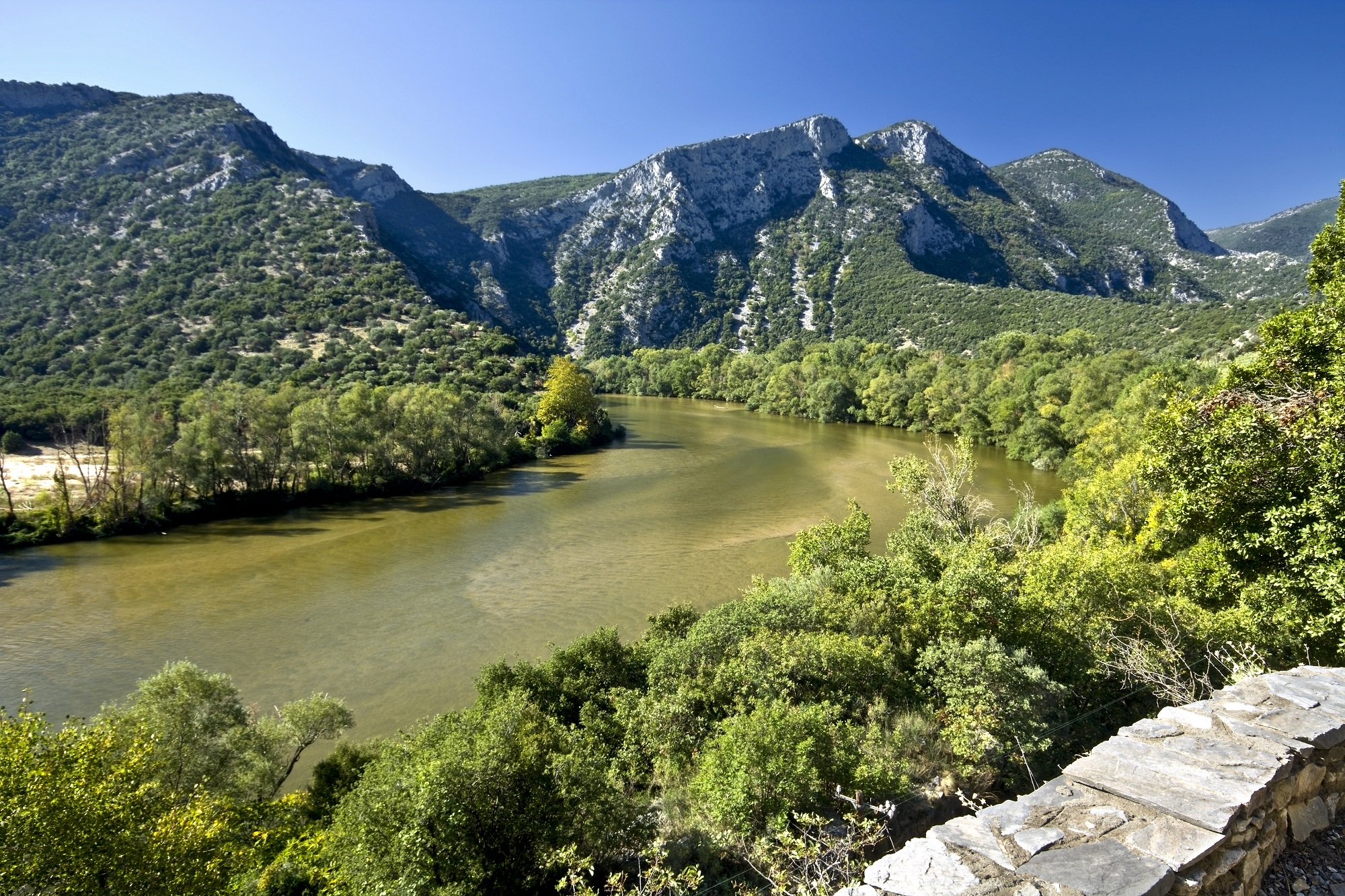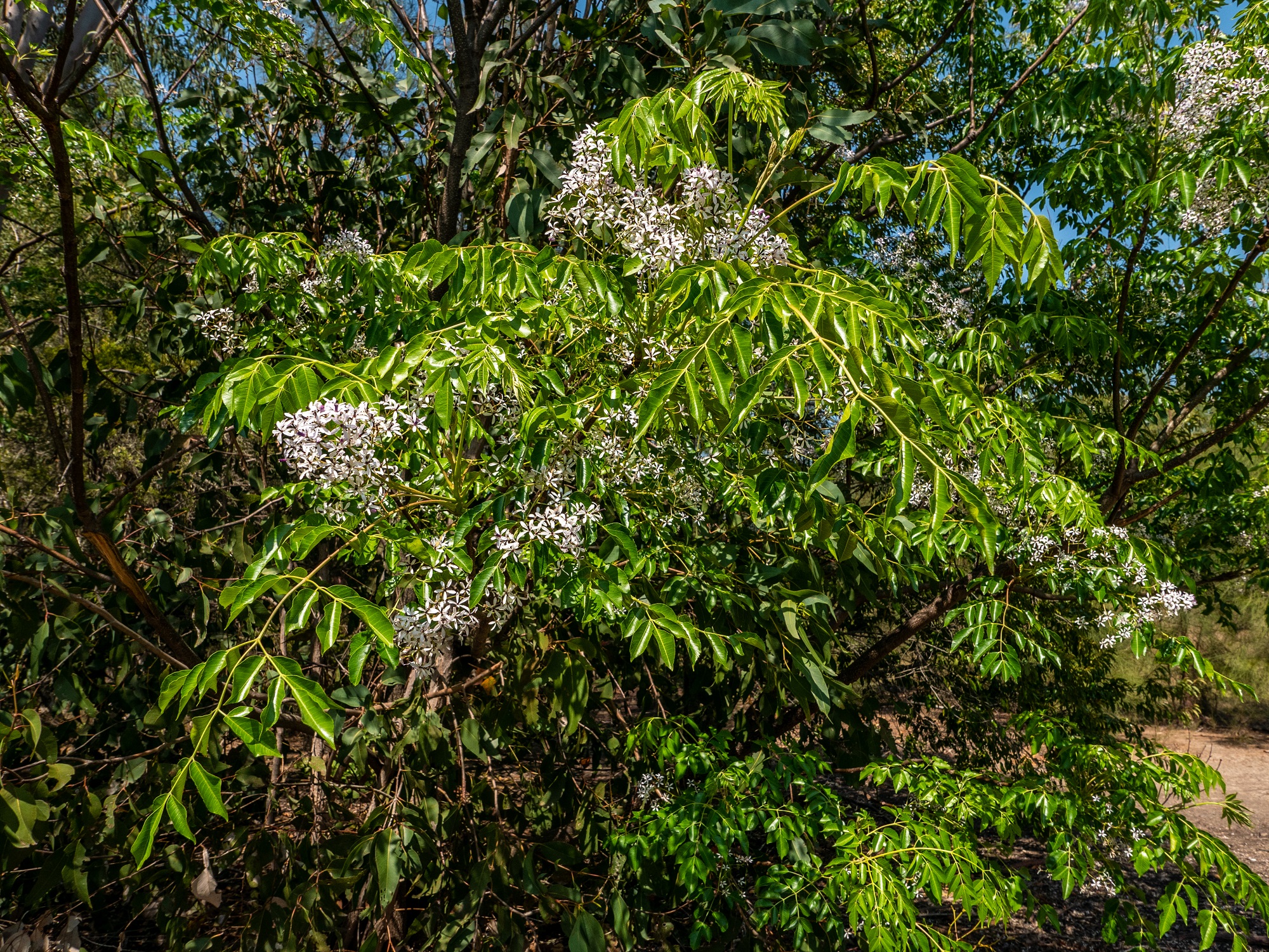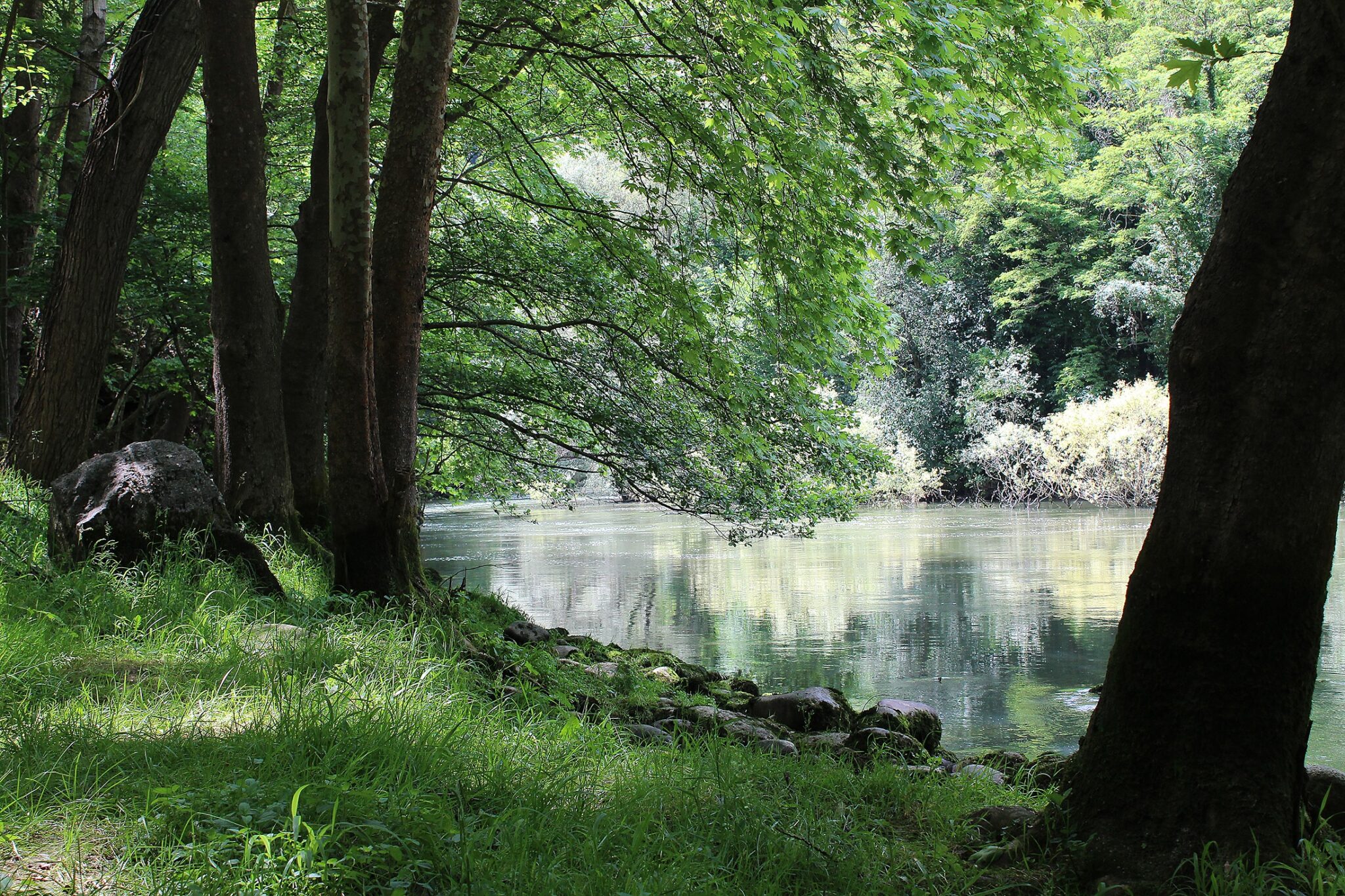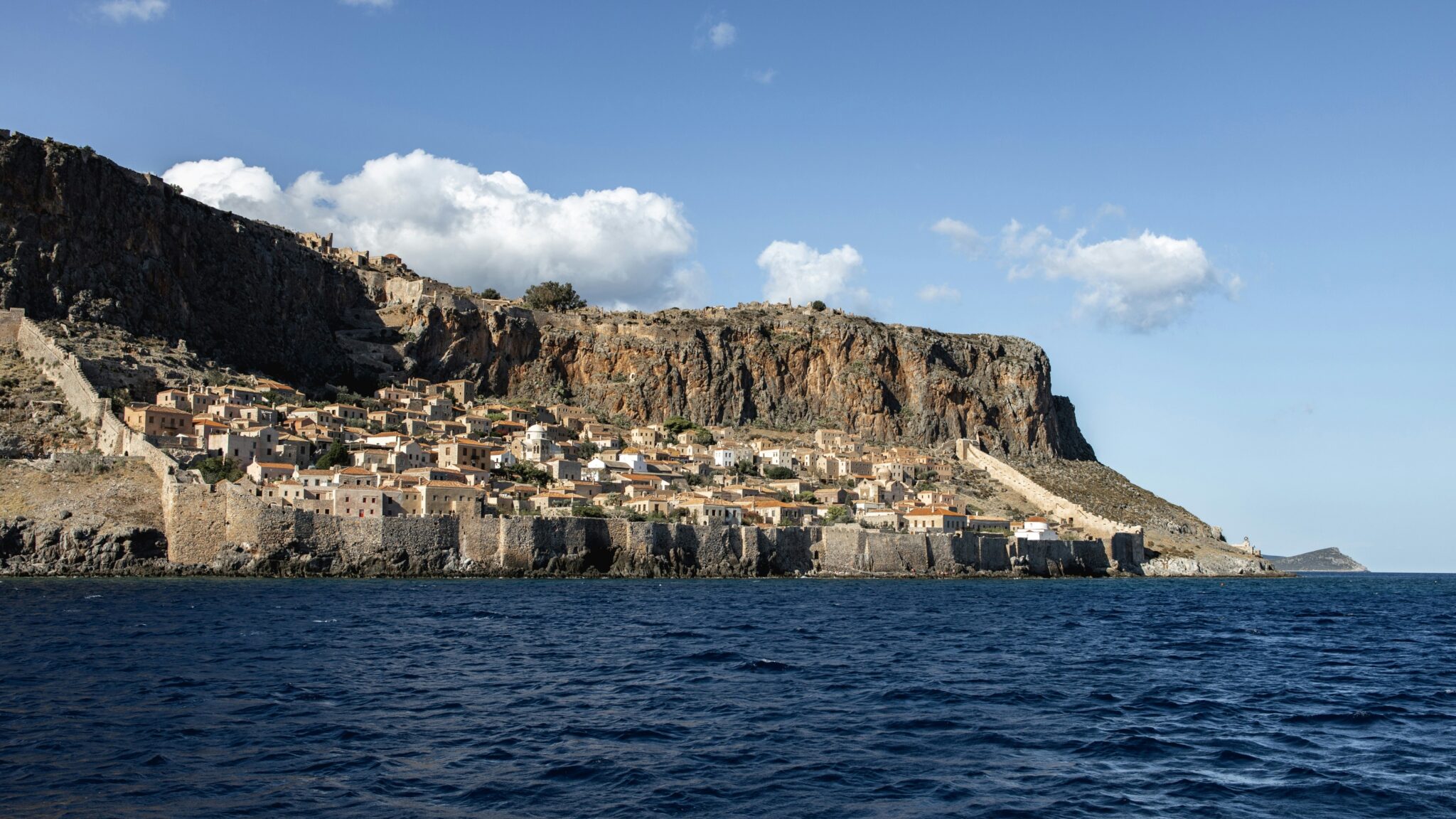Still known by its Turkish name, meaning “big forest”, Kotza Orman, the riverside forest impressively stretched by the Nestor river banks in Greece’s northeast continues to fascinate, as it has done over the ages.
Kotza Orman has been described as Europe’s last-surviving jungle by numerous visitors who have made it to the location, in the Xanthi region’s west. This impression reflects ancient-era accounts of the riverside forest. According to Herodotus, the ancient Greek historian and geographer, the forest had lions during the Persian Wars (480 BC), while, later on, the philosopher Aristotle expressed fascination over the location.
Of course, the well-watered forest owes its existence to the Nestos river, one of Greece’s five biggest rivers that was worshipped as a river god during antiquity. This river’s waters serve as the foundation of the entire region’s ecosystem, which has repeatedly impressed the international scientific community, both for its flora and fauna.
The imposing Nestos river’s surrounding area features expanses filled with maple trees, poplars, alders, as well as a rare chinaberry tree species, which, in Europe, may only be found at this riverside forest and in Romania’s Dobruja region. The wood produced by this chinaberry tree species was once considered to be amongst the most precious in the world.
Large populations of wild animal species have, over the ages, lived in this rich forest. Herodotus’ claims of lions attacking the military forces of Xerxes, leader of the First Persian Empire, failed to convince in earlier times but were eventually taken to be true. More recently, scores of wolves, wild boars, lynxes, jackals, roe deer as well as pheasants have inhabited the forest. Also, between February and April, the Kotza Orman forest remains an attraction for bees of the wider region.
However, truth be told, this marvellous forest has suffered a series of setbacks in more recent times as a result of detrimental human activities. During the Greek Civil War (1946-1949), a large part of the forest was scorched during hostilities, while, in the 1950s, a considerable section was deforested to create farmland. This initiative not only failed to produce the desired result, but also caused serious ecosystem damage.
Just a fraction of the forest, compared to its size at the beginning of the 20th century, has survived as a result of these damaging events. Even so, the Kotza Orman forest’s current size, approximately 450 hectares, remains impressive. The forest’s significance has been highlighted by the heightened environmental awareness of the modern era. It is now an officially protected area, while efforts are also being made to establish the forest as an alternative tourism attraction, a major ecological park in Europe.
How to get there
Although the biggest section of the Kotza Orman forest is situated in the Xanthi area, it is accessed easiest from Kavala. Reach Keramoti and go to the Nestos Delta Information Centre, from where a trail begins.
The route, circular-shaped and running deep into the forest, covers a total distance of 650 metres. It is considered easy to cover. The Nestos municipality has also developed projects making the route accessible to persons with disabilities. In addition, the Nestos Riverside Forest Visitor Reception Center is situated slightly beyond Keramoti, northeast of the village Monastiraki.
Read also:
Panta Vrehei: Miracle of Evrytania region’s wild nature with waterfalls
Lake Chimaditis: an amazing, yet little-known wetland in Florina
Palea Kavala trail: A gorgeous set of waterfalls nestled among perennial plane trees



